|
It is no secret that I love Riesling, especially German Riesling. So it is a touch ironic that my first trip to Germany brought me to the beautiful Franken wine region where Riesling only plays a minor role in production. Riesling is a late-harvest grape, and because Franken experiences typical continental weather with warm, dry summers and long cold winters, the risk of frost damage to the grapes is significant. The most favorable conditions for growing Riesling are moderately warm summers, adequate rainfall amounts during vegetation, and a long ripening period allowing the grapes to develop and retain their fruity acidity. My return trip to Germany was supposed to be an in-depth exploration of the Mosel wine region and its mouth-watering Rieslings. However, it was not to be, with travel put on hold for the past year, and then some. Not to be deterred, I recently had the pleasure of chatting virtually with four Mosel wine producers, sampled their expressive wines, and added their thoughts to my reviews. It was the next best thing to being there! Riesling is Germany’s most celebrated grape variety. With thirteen wine regions and over 102,000 hectares of vineyards, Germany boasts the world’s largest vineyard area of 23,000 hectares dedicated to Riesling! Riesling was first documented in 1435 in the Rheingau region and soon after that in Mosel. More than half of all the vineyard areas in the Mosel, Rheingau, and Mittelrhein are planted with Riesling. Riesling is a white aromatic grape capable of producing vastly diverse wines depending on the type of soil, altitude and microclimate. The wines range in style from bone-dry to succulently sweet and from table wines to high-quality collectibles. These wines are usually variety labeled and classified by ripeness and the level of sugar in the grape juice called “must weight”. There are two classification systems in Germany: the traditional system and modern VDP (Verband Deutscher Prädikatsweingüter) systems developed in the 21st century to reflect climate change. VDP is not part of the official German wine law. With the VDP system, the quality of the wine is based upon its origin (terroir). Its purpose is to highlight the value of the best vineyard sites in Germany. For this article, we will explore the traditional system. The traditional system has four quality categories: Deutscher Wein (a table wine category) small quantities are produced. Landwein A protected geographical indication. At least 85% of these grapes must originate in the region named on the label. It is typically dry or off-dry. Qualitätswein (QbA) A protected designation of origin and accounts for the majority of German wines. 100% of the grapes must originate from one district inside the 13 wine regions. Prädikatswein In addition to the same rules that apply to the Qualitätswein category, the Prädikatswein category indicates a superior quality wine with strict requirements. Within the traditional system, Riesling is also divided into levels of ripeness that the grapes have achieved by the time they are harvested. These levels are: Kabinett Light dry to off-dry, low alcohol. Grapes are harvested during the regular season. Spätlese Late harvest wines. More intense in flavor and concentration Auslese Noble wines are usually but not always sweet. It is made from hand-selected bunches of very ripe grapes and can only be made in the best years with enough warm weather. Beerenauslese made from overripe grapes usually infected with noble rot. Each berry is hand-picked. It is known for rich and sweet dessert wines. Trockenbeerenauslese These are rich, sweet, honey-like wines. Grapes are overripe, shriveled, hand-selected, and usually infected with noble rot. Eiswein made from overripe grapes that have frozen on the vine. Grapes are harvested only under exact weather conditions and pressed while frozen. Mosel Mosel wine region is a cool-climate region and the most famous of the 13 wine regions in Germany. It is renowned for its terraced vineyards and age-worthy Rieslings. Mosel has one of the coolest climates of the major German wine regions. The vineyards here enjoy a continental climate with warm summers and long growing seasons, contributing to the grapes ripening and help create heightened flavors and low alcohol levels. Mosel expands over 8,800 hectares with the beautiful Mosel River snaking its way through the region. Many of the vineyards are located alongside the river and are among the steepest in Germany and the world! With half averaging a slope of over 30 degrees and reaching inclines of 60 to 70 degrees, it is quite breathtaking! The Bremmer Calmont, which is the steepest vineyard in Europe, is located here. Needless to say, tending the vineyards is labor-intensive and can be dangerous. Mosel is referred to in three sections: Upper Mosel, Middle (Mittelmosel) Mosel, and Lower Mosel, with most of the vineyards located in Middle Mosel. Within these three sections are six areas with approximately 5,446 hectares of Riesling planted. Red and blue slate dominate the soil here, with greywacke, sandy, gravelly, and shell-limestone found throughout the six areas. Without further ado, let me introduce (in no particular order) four remarkable wine producers in Mosel. Weingut Fritz Haag Fritz Haag is a small family estate established in 1605 and located in the heart of Middle Mosel in the village of Brauneberg. One of several Mosel legends, the winery is noted for its Rieslings’ extreme purity and mineral intensity. Wilheim Haag, who guided the estate to a world-renowned reputation and was the first to be the recipient of the “Winemaker of The Year” award in 1994, sadly passed away in 2020. His son Oliver, the 12th generation, took over the reins for his father in 2005 and is now the estate owner. Fritz Haag has 24 hectares of vineyards (all exclusively planted to Riesling) that include the world-renowned vineyards “Brauneberger Juffer Sonnenuhr” and “Brauneberg Juffer.” The combination of the deep slate soils and superb micro-climate of both vineyards make up the foundation for some of the most elegant and intensely flavored Riesling wines of the Mosel region. Many of the vineyards are 25-30 years old, with some parcels, especially in the heart of the Brauneberger Juffer-Sonnenuhr, are over 50-80 years old. In addition to his formal school training to become a winemaker, Oliver worked at many estates throughout Germany, South Africa, and Madeira, Portugal, before returning to his family estate. “I learned a lot. But most of my education is from drinking wine, learning, and drinking!” Tell me about your family estate. Oliver: We are a family estate that produces wines from our vineyards. It is essential for us to know where our grapes come from and focus on making high-quality wines. We invest our time in producing wines that have a long potential life. How has climate change impacted your vineyards? Oliver: It is getting warmer and drier, with extreme weather patterns. Rain comes in shorter periods with more intense storms. We must pay attention, take care of erosion, and make sure the vines get enough water during dry spells. We must pick the grapes at the right time, ripe but not overripe, only healthy grapes. Most importantly, we must select, select, select! And we have to be more effective in the winery. What is your take on the 2020 vintage? Oliver: Considering the extreme weather with a warm and dry summer, 2020 was uncomplicated, not stressful, and the harvest was slow. We needed to make sure that the grapes didn’t get sunburn, but in general, the grapes were very healthy. For the drier wines, we picked a little earlier to get the acidity and freshness. 2020 is a classic vintage with a lot of finesse and elegance in the wines, not as much acidity, but smoother and rounder. Do you have a favorite style of Riesling? Oliver: No, it all depends on my mood! Riesling is so interesting, and the different faces are so nice. The many styles offer a wonderful palate of different fruits, very classic wines! Fritz Haag Estate Riesling 2019 The grapes are harvested from steep slate-soil vineyards and made in an off-dry style. It is light and refreshing with notes of peach, citrus, minerality, and hints of floral. Oliver says, “Not really dry, not really sweet…it’s in the middle. A tri-style wine with wonderful fruit, refreshing, with lively and crisp acidity. It is easy drinking.” Alcohol: 11% SRP: $20 Fritz Haag Brauneberger Juffer Riesling Kabinett 2019 The grapes are harvested early from the dramatic steep Brauneberg hillside vineyard. This Riesling is delicious and lively with notes of floral, lemon, peach, and racy acidity. Oliver says, “This is our business card. It is very fine. A wonderful balance of sweetness, acidity, and freshness. Great aging potential of up to 30 years, but fun to drink now.” Alcohol: 8.5% SRP: $26 Weingut Maximin Grünhaus Maximin Grünhaus is a legendary and historic estate located in the Ruwer region of Mosel. The estate dates back to Roman times, with evidence of winemaking even then. Until the end of the 18th century, it was managed by the Abbey of Saint Maximin. Today, it is managed by the sixth generation, Maximin von Schubert, who told me that he has been working in the vineyards since he was six years old. The estate has 77 acres of vineyards, of which Riesling occupies 91%. The estate lies at the foot of a long and steep south-facing slope on the bank of the tiny Ruwer river. This river is located about 2 kilometers (1.25 miles) from the Mosel River, where they join. The land is divided into three vineyards, each with a distinct terroir that reflects the unique character of the wines produced here. Bruderberg is the smallest of three vineyards and once upon a time provided wine for the monks. These wines tend to be very spicy with a rustic slate-mineral quality. The Herrenberg vineyard was once used to make special wines for the Abbey’s choirmasters. It sits on 40 acres and benefits from deep soils, good water retention, and a base of red Devonian slate. The Abtsberg vineyard is the estate’s finest site. It covers 35 acres, of which parts have been planted with vines of over 1,000 years. Wines from this vineyard were served at the table of the Abbot (Abt). The slope of the vineyard reaches a 70% gradient with a subsoil of blue Devonian slate. These wines are finely structured with subtle minerality, generous fruit, racy acidity, but delicate. They are considered one of the longest-lived Rieslings of the region. I asked Maximin for his take on climate change. Maximin: There are many impacts. We have weeks of dryness in the late summer and then heavy rain. The warmer, wetter climate brings new diseases, taking probably 1% of the vines each year. Harvest is about three weeks earlier than compared to my childhood. With warmer harvests, the challenge is in keeping grapes healthy until the end of harvest. Maximin’s thoughts on the 2020 vintage. Maximin: It was a beautiful spring, with very few workers due to Covid. We had a dry summer, but otherwise perfect. Harvest began with a beautiful Pinot and Sekt harvest, then lots of rain for 12 days, but a beautiful three-week finish to the season. I love Maximin’s answer to my question about his favorite style of Riesling. Maximin: I would prefer, ‘What Rieslings don’t you like?’, that would be easier to answer! I love Riesling when it’s multi-layered, acidity-driven, elegant, fine, clear, and fresh. I love Riesling when it’s dry or off-dry, or when it’s sweet or noble sweet, paired with tension and acidity. Maximin Grünhaus Monopol 2019 The grapes for this wine are sourced from younger vines in both the Herrenberg and Abtsberg vineyards. The 2019 vintage brought meager yields due to a severe May frost, losing 50% of the harvest. What remained became a beautiful, fresh and pure Riesling. It is mineral-driven and crisp with notes of melon, white stone fruit, and a touch of herbs. Maximin says, “This is the entrance gate to Maximin Grünhaus dry Rieslings. It will be called Schloss Riesling from 2020 on. It is pure Riesling joy, elegant, spicy, racy, and that’s only the entry-level.” Alcohol: 12% SRP: $22 Maximin Grünhaus Herrenberg Kabinett 2019 Grapes for this wine are sourced from the Herrenberg vineyard. As noted with the previous wine, 50% of the harvest was lost due to a devastating May frost. The wine presents with delicate and juicy notes of peach, soft lemon, apricot, and spice. Very fresh, clean, and a perfect balance of minerality and acidity. Maximin says, “Dancingly elegant, pure deep slaty style, with the typical herbal, spicy character, perfect acidity. Food pairing won’t be possible because you will finish the bottle before eating!” Alcohol: 7.5% SRP: $34 Maximin Grünhaus Abtsberg Riesling GG 2018 Grapes are harvested from the Abtsberg vineyard from vines that average 40-year-old. The soil here is predominately blue slate. Due to its steep slopes and south-facing exposure, it is the warmest site at Grünhaus. GG stands for Grosses Gewächs, the German term for a dry wine from a Grosse Lage (grand cru) vineyard. This is a beautifully structured wine. Notes of apple, apricot, peach, minerality, lemon custard, and vibrant acidity dance around the palate. This wine will age well. Maximin says, “An Abtsberg classic of this hot summer of 2018. Even though it has been hot, we can still keep this elegance and salty mineral clearness with a structure influenced by the warm year. Superb dry wine.” Alcohol: 13% SRP: $70 Dr. Loosen The Dr. Loosen estate has been in the same family for over 200 years. Ernst (Erni) Loosen, owner and 5th generation, is considered one of the most iconic and influential Riesling producers in the world today. Since taking ownership in 1988, the estate has grown substantially. With vines that are up to 140 years old in his top sites, Erni has transformed the vineyards by restricting crop size, prohibiting chemical fertilization, demanding strict fruit selection and gentle cellar practices. Erni studied winemaking and viticulture at the University of Geisenheim and archeology at the University of Mainz. The Dr. Loosen estate is located in the village of Bernkastel in the heart of the Mosel Valley. All of the estate’s ten major vineyards are designated as Grosse Lage (grand cru). The prevalent soil types here are blue slate, red slate, and red volcanic sandstone. Erni has used climate change to his advantage. Erni: Due to climate change, we’ve seen an average of higher ripeness of 1 to 1.5 potential alcohol sugar ripeness compared to an average sugar ripeness of 9 to 10 potential alcohol 30 years ago. That makes a total nowadays of 10.5 – 12 potential alcohol sugar ripeness, which is still low compared to wines in the New World or South of Europe. We are quite happy that we have a little more ripeness, giving us a great chance to make excellent dry wines with not too high alcohol. Do you prefer a particular style of Riesling? Erni: I love the dry GG (Grand Cru vineyard) wines produced 12 to 24 months in the barrel on the full yeast without batonnage. I love these traditional fruity style Riesling Kabinett wines – especially with some age of 10 to 15 years. Would you like to share a thought or story? Erni: “A great wine begins in your head.” What I mean by this is that if you do not go out and try what the great producers of the world are doing, then you may not know what great is. You first need to experience what great is, and then you can formulate in your head where you stand and where you need to be. For me, great wines need to be able to age, and to achieve this goal; I need to plan in advance how to get there; what needs to be done in the vineyard, when to harvest, what fermentation method, how long, and in what type of vessel to age the wine and the list goes on. Without a vision and experience, I think it is nearly impossible to make great wine. Dr. Loosen Wehlener Sonnenuhr Riesling Kabinett 2019 Grapes for this wine are sourced from the famous “sundial” vineyard in the village of Wehlen. The classic blue slate soil gives the wines a delicate, crisp acidity. The wine is fresh, aromatic, and light with white stone fruit, lemon, and minerality. It is a perfect off-dry Riesling with a nice balance of salinity on the finish. Erni says, “What the Ürziger Würzgarten is to Spätlese, the Wehlener Sonnenuhr is to Kabinett. This is the prototypical Mosel Kabinett. This vineyard has breath-taking slopes and stunning blue slate soil. It is a perfect welcome drink.” Alcohol: 8.5% SRP: $28 Dr. Loosen Ürziger Würzgarten Riesling Spätlese 2019 This is a late harvest wine with a few extra weeks of hang time. Grapes are harvested from the incredibly steep Ürziger Würzgarten vineyard with volcanic sandstone soil. It is called the “spice garden” vineyard because it produces wines with exotic, spicy aromas and tropical fruit flavors. Up to 130-year-old vines can be found here. This wine is sumptuous, juicy, and bursting with crisp acidity. Erni says, “Truly a desert island Spätlese if I had to choose one vineyard for this style of wine to be stranded with. It is tropical, spicy, layered, and complex, with beautiful sweetness balanced by an elegant finish. If there were Thai food on the desert island, this would be a perfect pairing. Drink this wine young for enjoyable primary fruit flavors and aromas, or lay it down for 20 years for an amazing experience!” Alcohol: 8% SRP: $34 Dr. Loosen Erdener Treppchen GG 2018 Due to the iron-infused, red slate soil in the Erdener Treppchen vineyard, these wines are muscular and complex, with an intense mineral finish. According to Dr. Loosen, the vineyard is so steep that a long time ago, stone steps were built into the hillside to help workers reach the vines. This wine is kept on the full lees for one year before bottling, allowing for greater texture. Although this is a dry wine, the juiciness of Riesling comes through, delivering peach, citrus, green apple, and lots of minerality and crisp acidity. Erni says, “Old vines, steep slopes, red slate soil combined with winemaking techniques from over 100 years ago help make this wine truly unique; racy and mineral, but still balanced with a juiciness that makes you want to have another glass.” Alcohol: 12.5% SRP: $54 Weingut Zilliken Weingut Zilliken is a highly regarded family-owned and run estate that dates back to 1742. Located in the Saar Valley, Zilliken is known for its premium quality Rieslings. After a 1944 bombing raid that destroyed the estate and cellar, Marianne Geltz, the owner, with tenacious energy, continued the family wine-growing tradition. She married Fred Zilliken in 1947, and from that point on, the estate was referred to as Forstmeister Geltz-Zilliken. The Zilliken cellar is the deepest in the Saar Valley, extending three stories below ground! The depth creates ideal natural conditions of 100% humidity and a constant temperature around 52 degrees. Their vineyards, of which two are Grosse Lage, are devoted to 100% Riesling. They make Estate, Village, and Grosse Lage wines. Winemaker and owner Dorothee Zilliken is the 11th generation. She studied viticulture and oenology at the University of Applied Science in Geisenheim and worked at some well-known estates in Germany, France, and South Africa. She and her husband, Hanno, work together with her parents, benefiting from their experience. Dorothee talks about the impact of climate change. Dorothee: One of the big topics of the future of the vineyards is the availability of water needed at the right time. Since the vintage 2003, we are covering all our vineyards with mulch – as a natural fertilizer, so all the rain = falling during the year is captured in the soil. The big advantage for the vines is to have enough water to find all the [nutrients] with their roots and to be able to build up some acidity. What is your take on the 2020 harvest season? Dorothee: I really love the 2020 vintage because it is again a very classical Saar-vintage with all its inimitable elegance and finesse. Like usual, the harvest season is the time of the year to be so tired because you have to work so hard and also physically so hard, but it is also the time of the year when you are full of motivation because day-by-day you see and taste what it is all for. A great feeling you can’t describe. I have asked everyone what their favorite style of Riesling is. And, you? Dorothee: My favorite style of Riesling is showing me all the advantages of a perfect white wine: expressive but with finesse, elegance, and filigree; long-lasting but weightless; fresh and deep, mineral, focused, loving the playful youth and the deep, rich (sometimes smoky) age. Animating, so you are looking forward to the next glass… Zilliken Rausch Kabinett Riesling 2019
The grapes for this wine are harvested from the Rausch vineyard, a Grosse Lage site. It is known for its gray slate and greenish volcanic rock, which keeps the soil well-drained and adds a focused mineral edge to the wines. Wines from this vineyard can age well for decades. This Kabinett is characterized by a delicate palate of floral, honeydew melon, peach, herbs, minerality, and vibrant acidity. It is elegant. Dorothee says,“It’s like eating a big bowl of fruit salad with a lot of melons in it. So juicy and fruity that it makes your mouth water. Besides all this fruitiness, there is elegance, finesse, and only 8.5% alcohol, so you really can ENJOY the bottle now or in the next 20 years.” Alcohol: 8.5% SRP: $44 Zilliken Rausch Spätlese Riesling 2019 This is another outstanding wine from the Rausch vineyard. It is a stunning late-harvest wine with juicy layers of citrus, tropical fruit, and white stone fruit that fuse with minerality and crisp acidity. A refreshing finish with a hint of lemon zest begs for another sip! Dorothee says, “It shows a lot of tropical fruits like mango, passion fruit, and a hint of pineapple. Very animated. It’s great in combination with cheese, as an aperitif, or in combination with hot and spicy cuisine. Enjoy now and the next 25 years.” Alcohol: 8% SRP: $64 I’ll end this article with some shared thoughts from Dorothee. Dorothee: For me, there are not many professions in the world that are so sensual. You can see every year what your soil and your vineyards can achieve. You can accompany the growth of the vines, the leaves, and the berries. You can harvest them at the right time and enjoy this climax of the vegetation period, given as a present by nature! It is knowing how to work with some tools of the trade that my grandfather used to work with (for example, our oak barrels). It is the ability to benefit from my family’s great experiences and be allowed to think about the future. I can take the strength of nature and family for nature and family and take in every breath and sip of these Rieslings… Until next time… Cheers! Penina This story was originally published on Santé Magazine. To leave a comment or if you have an inquiry, please contact me at [email protected] |
Categories
All
|

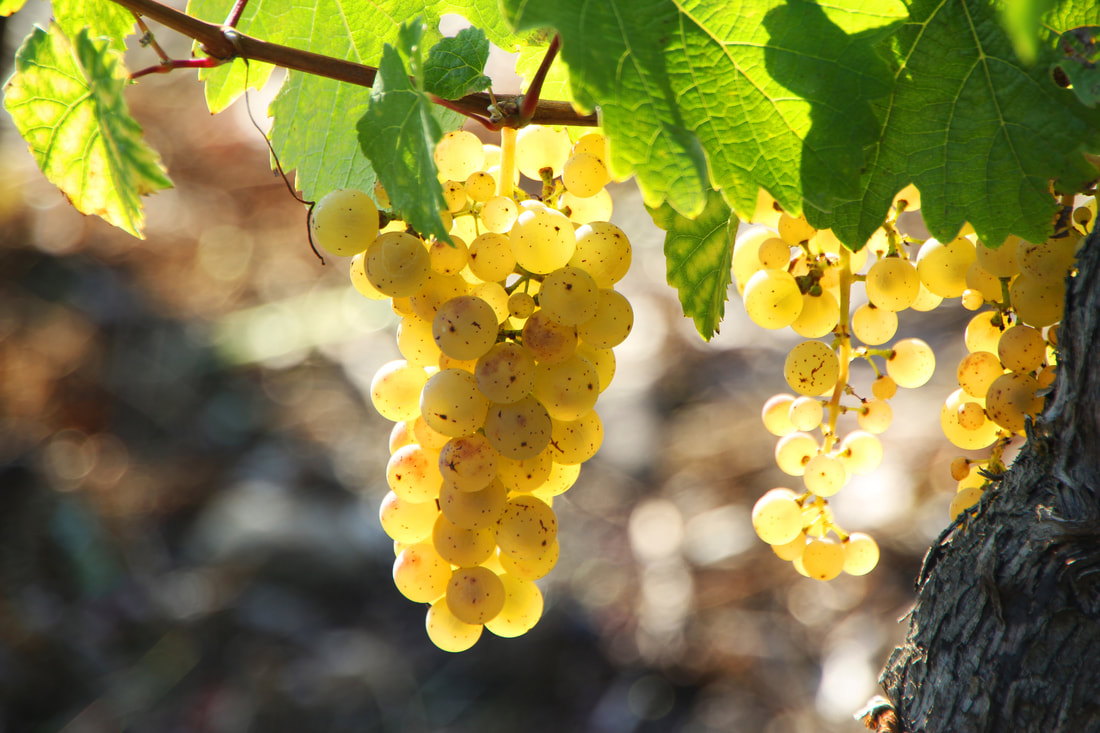
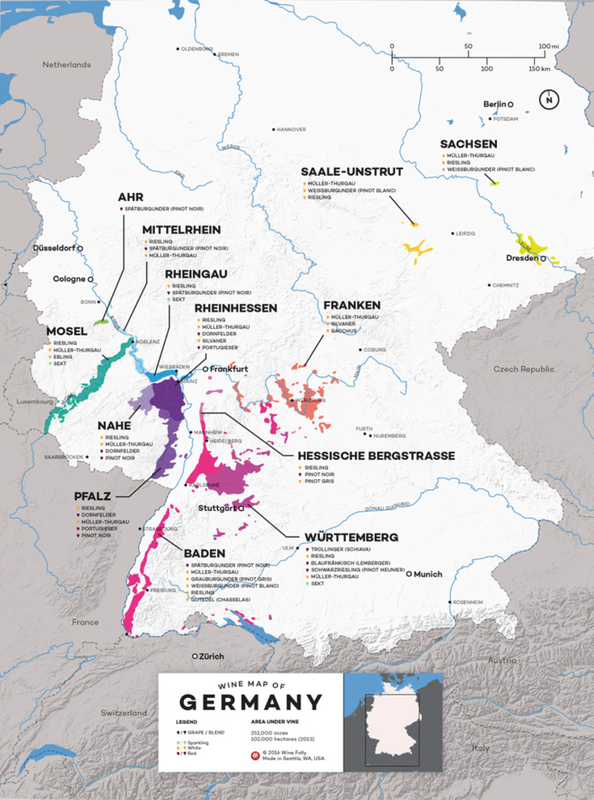
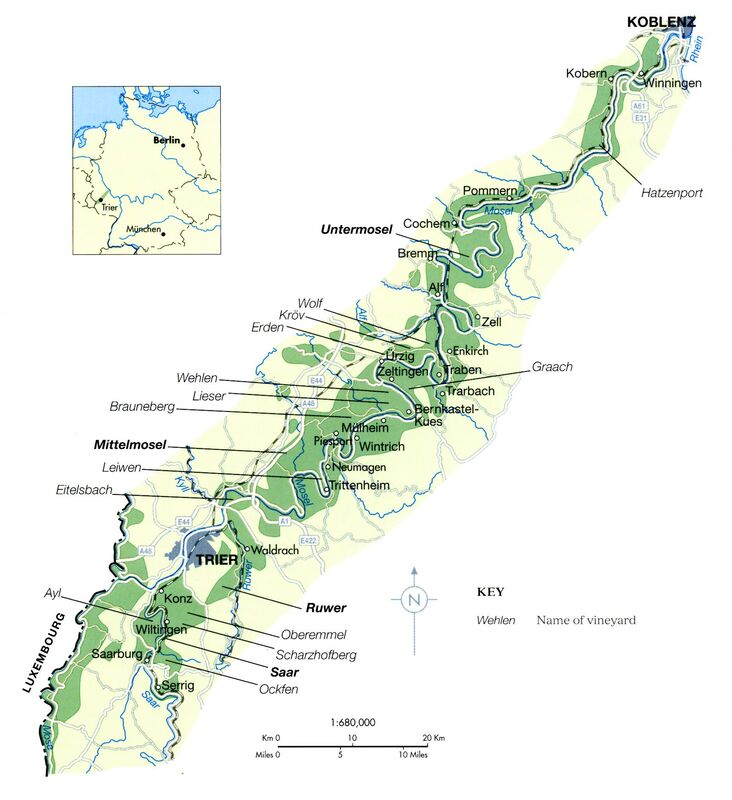
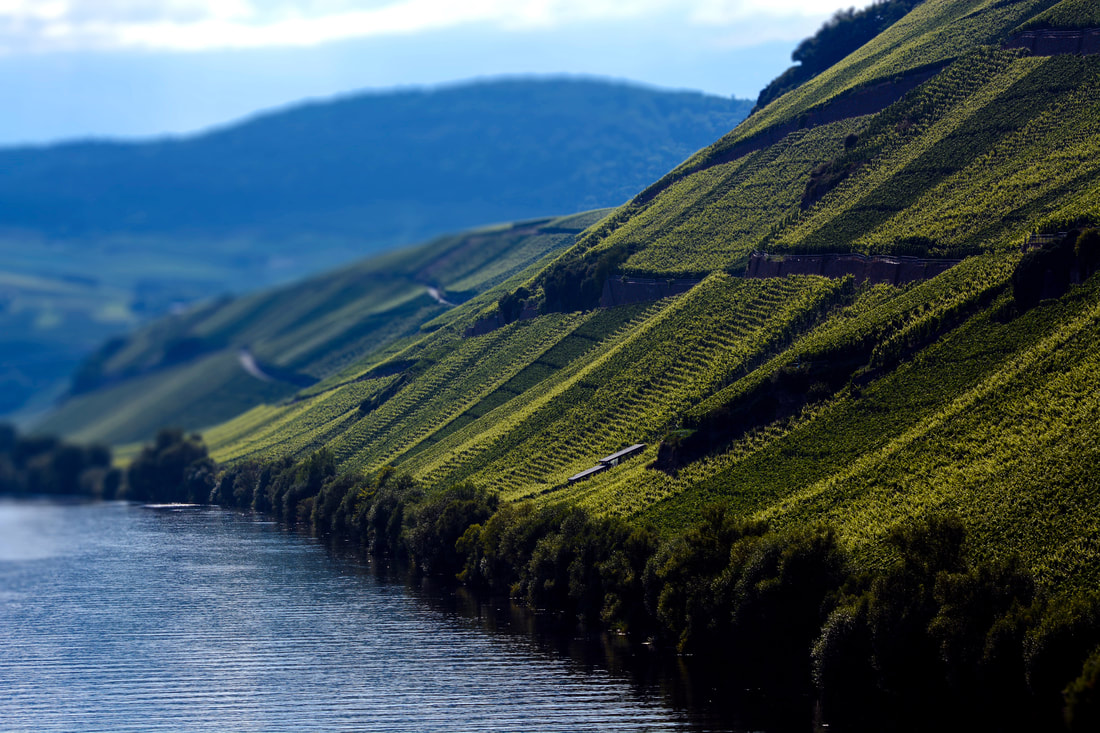
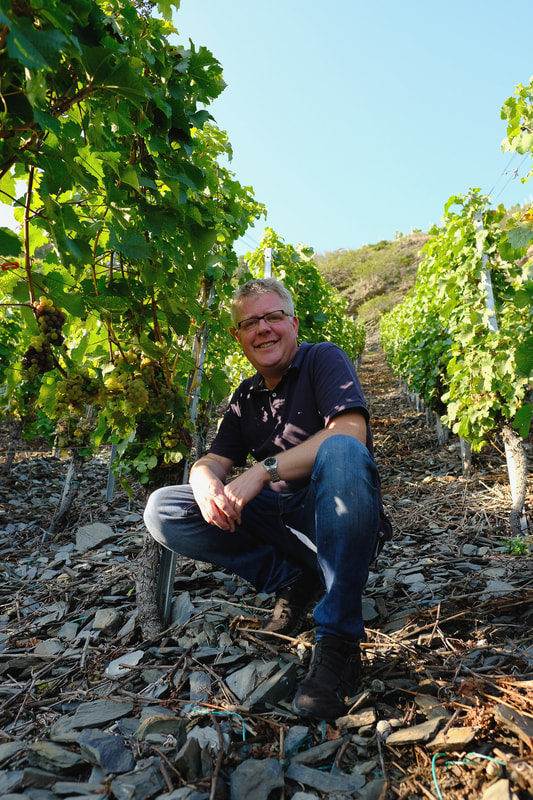
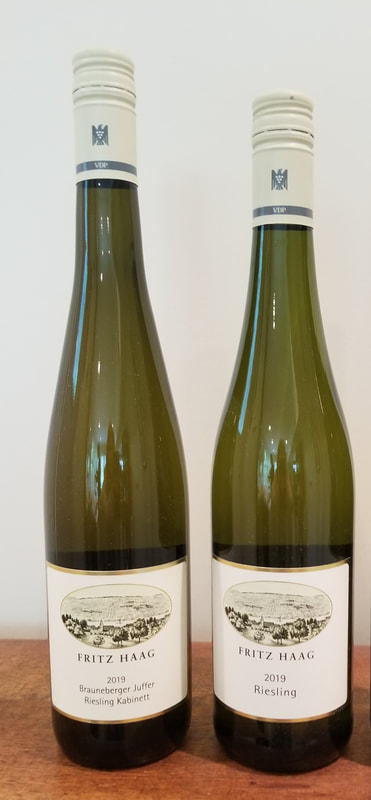
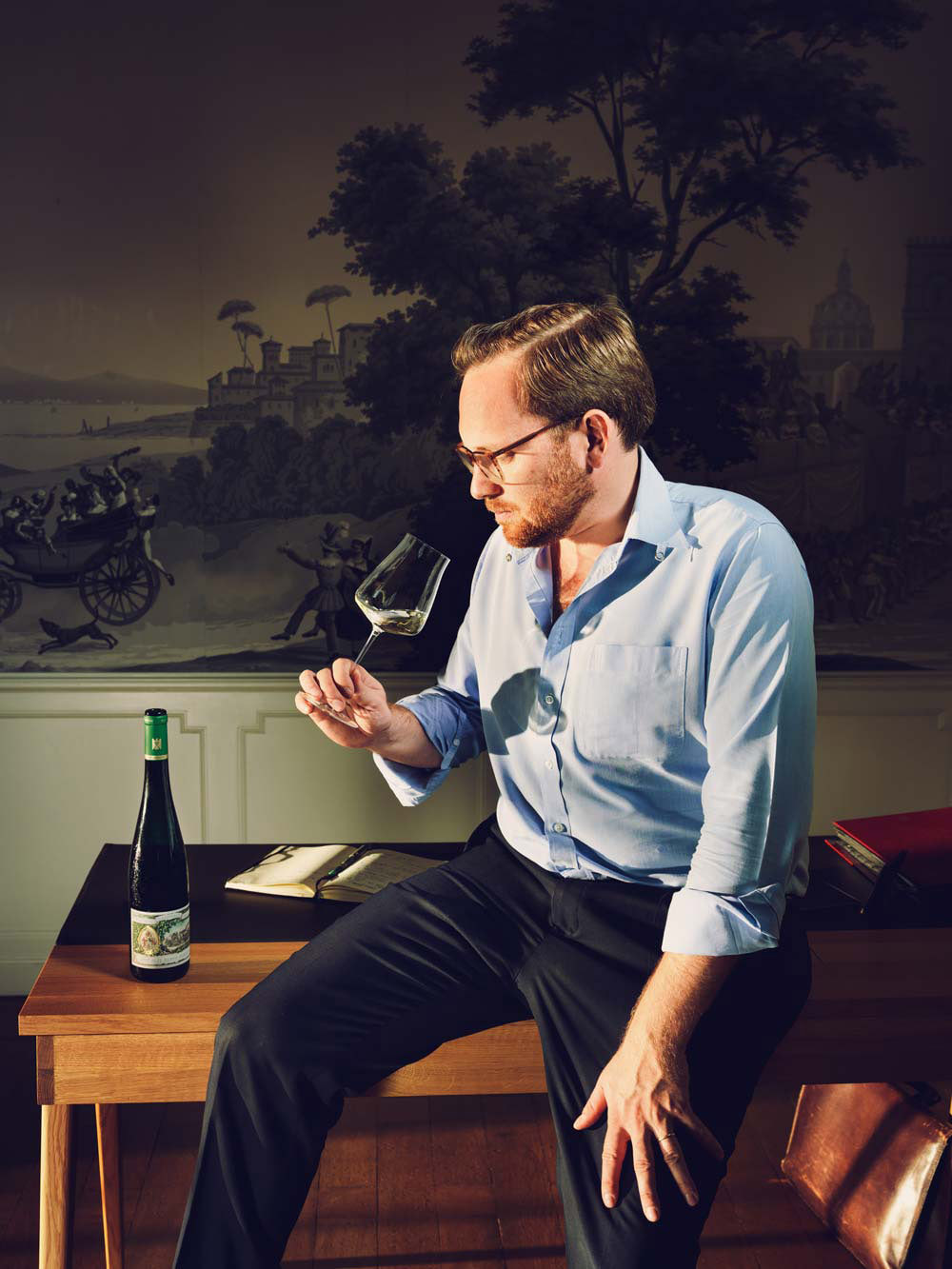
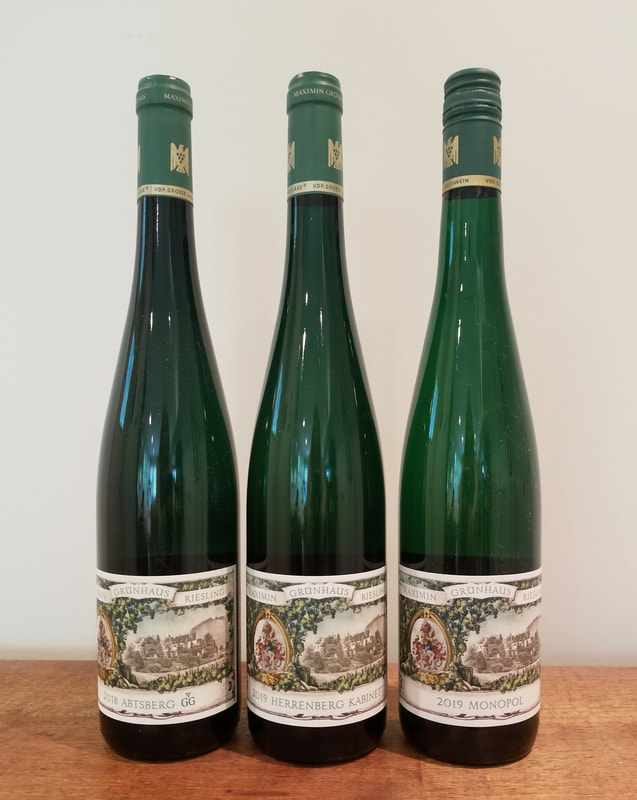
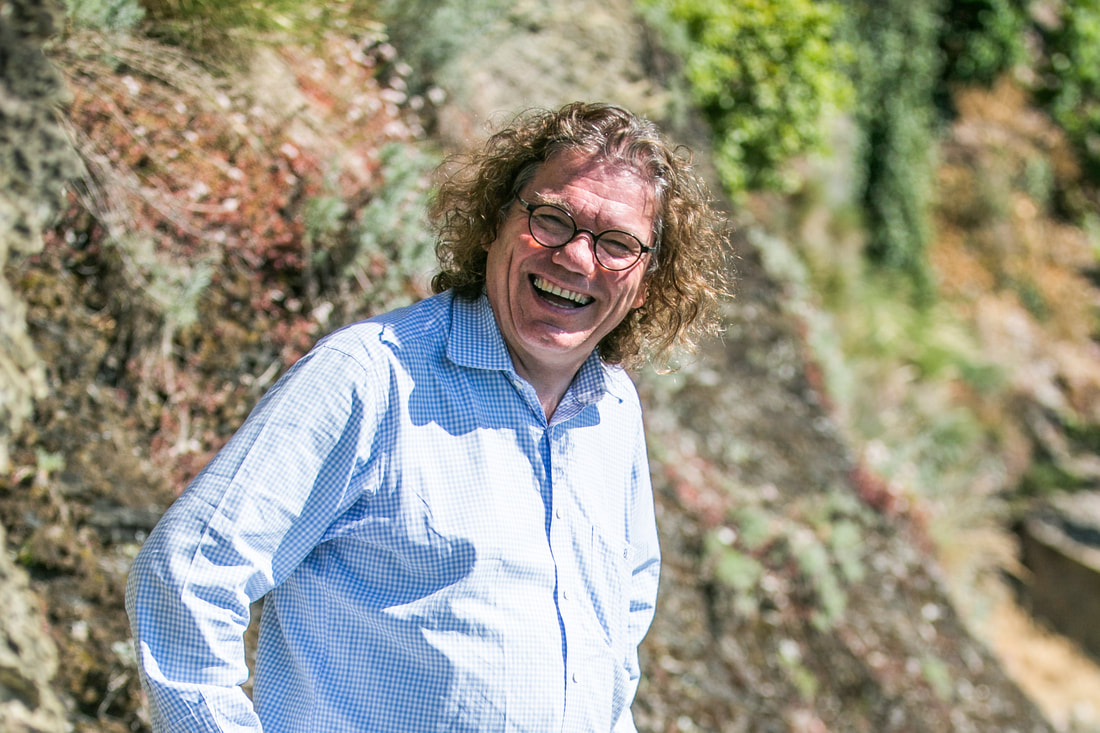
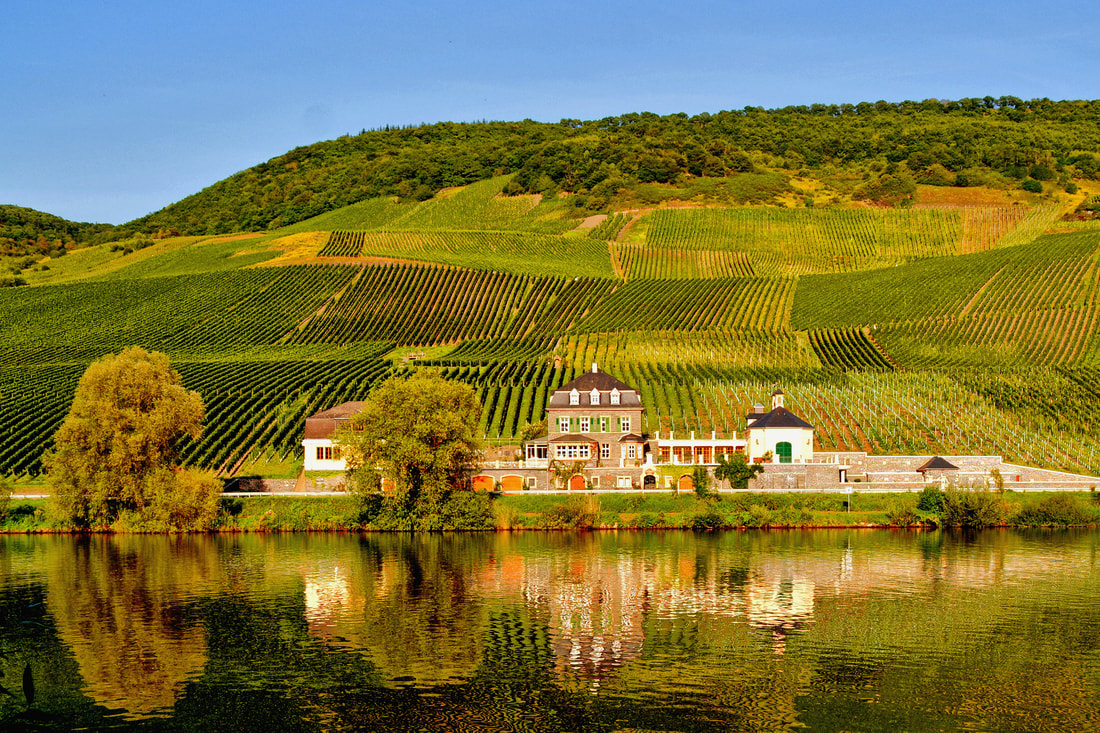
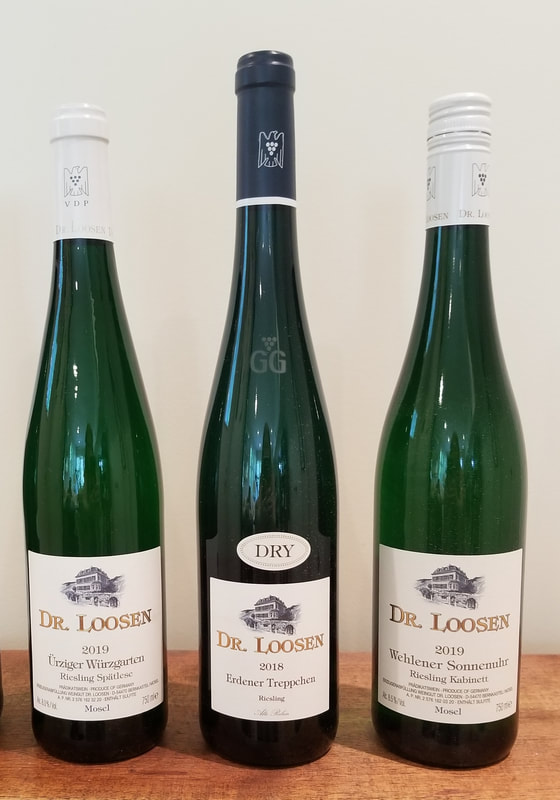
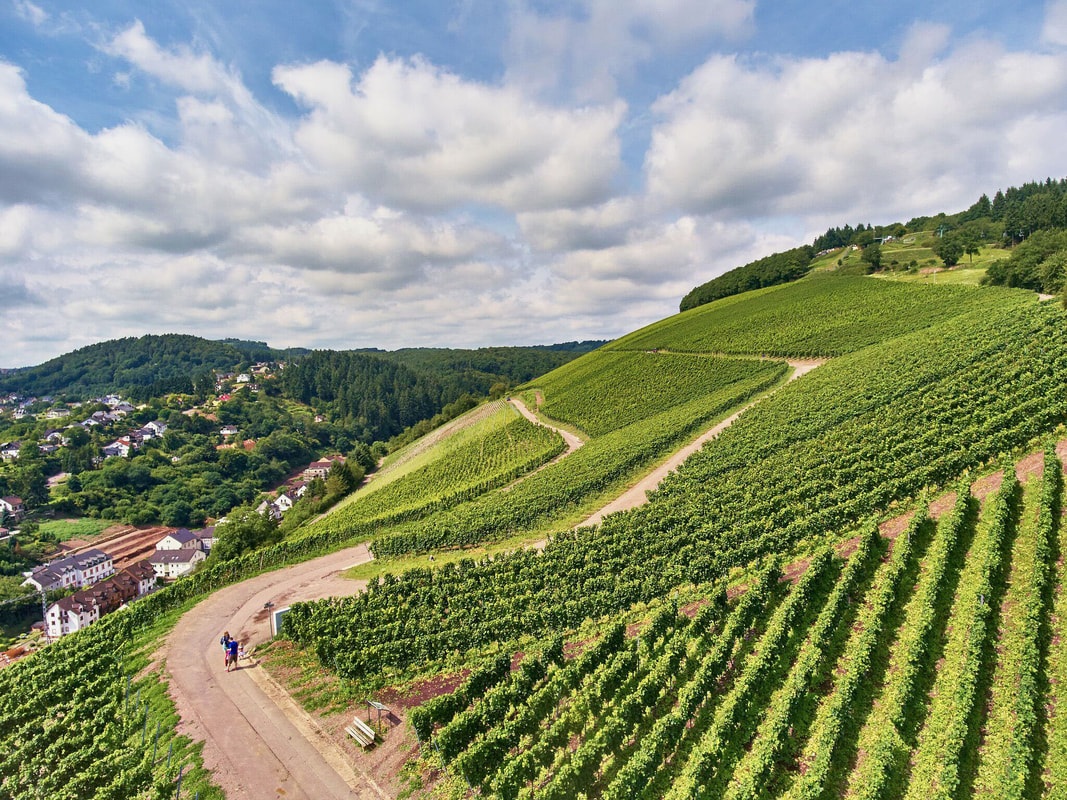
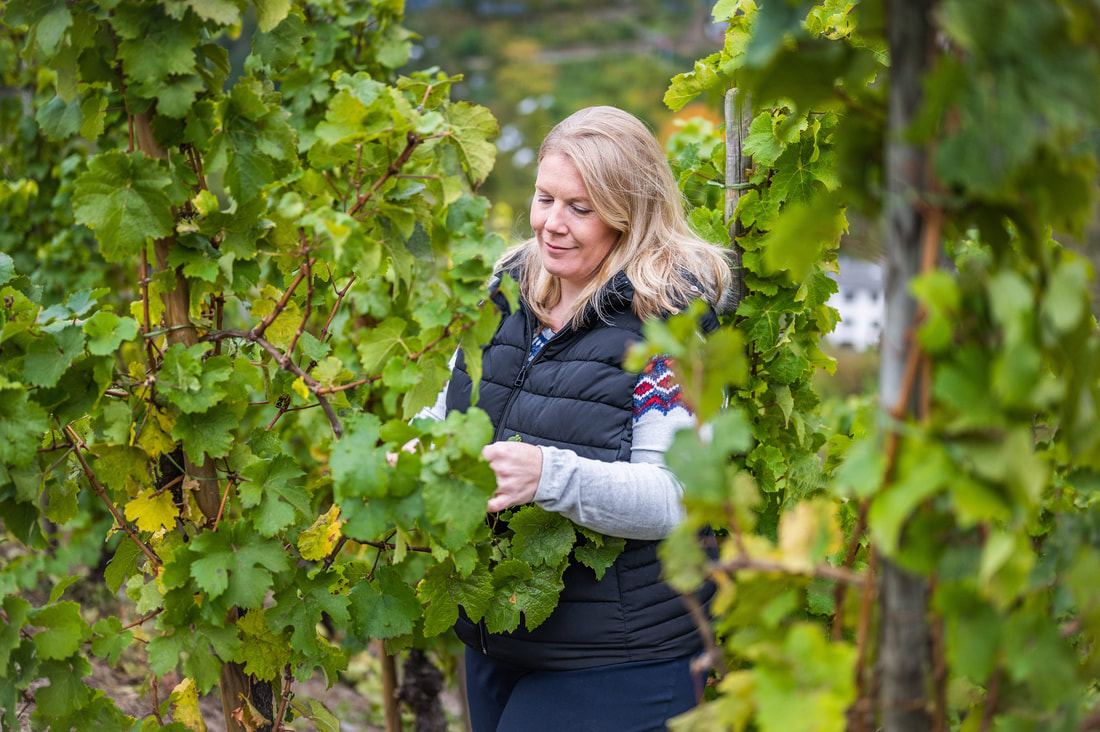
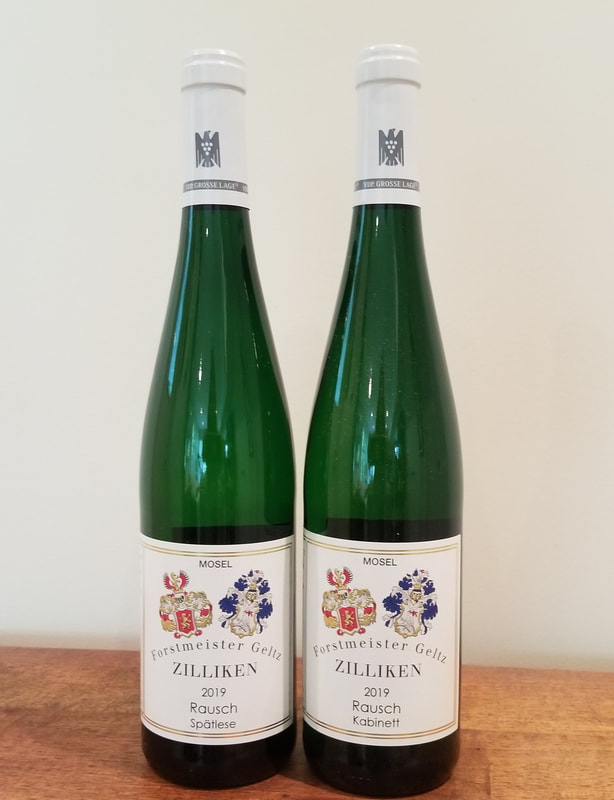
 RSS Feed
RSS Feed